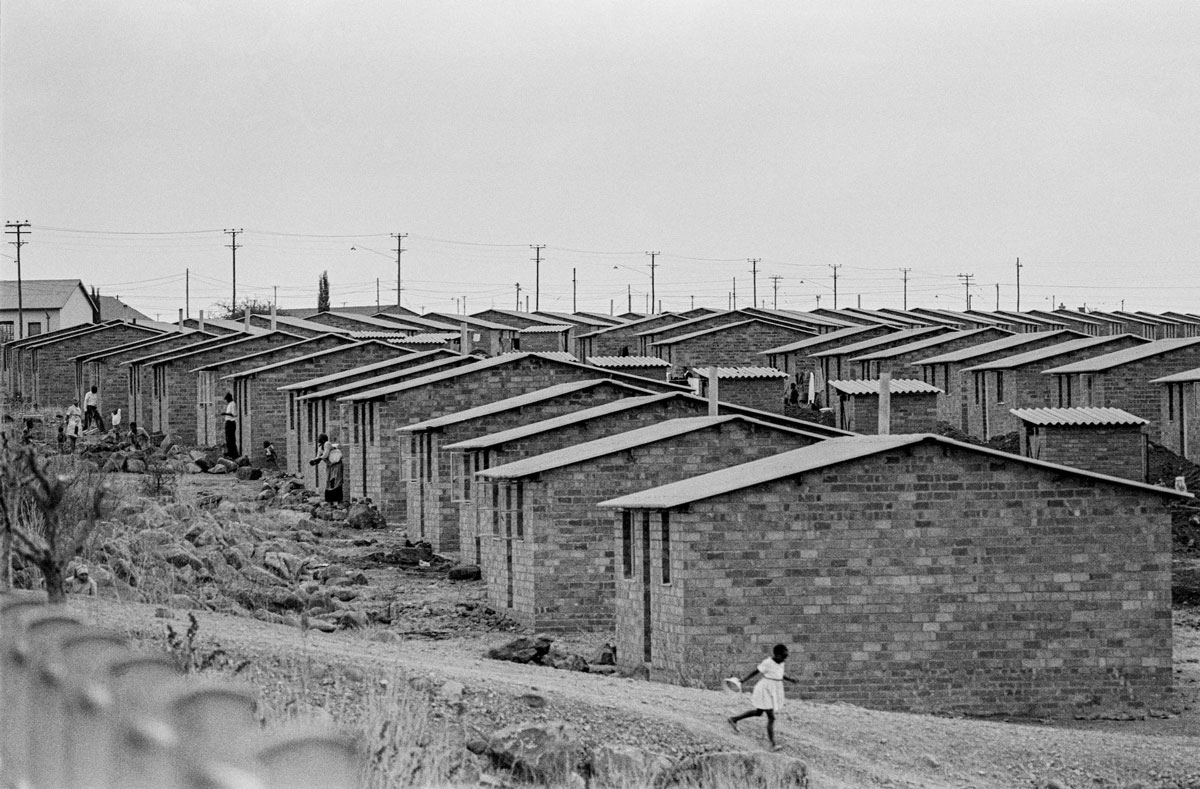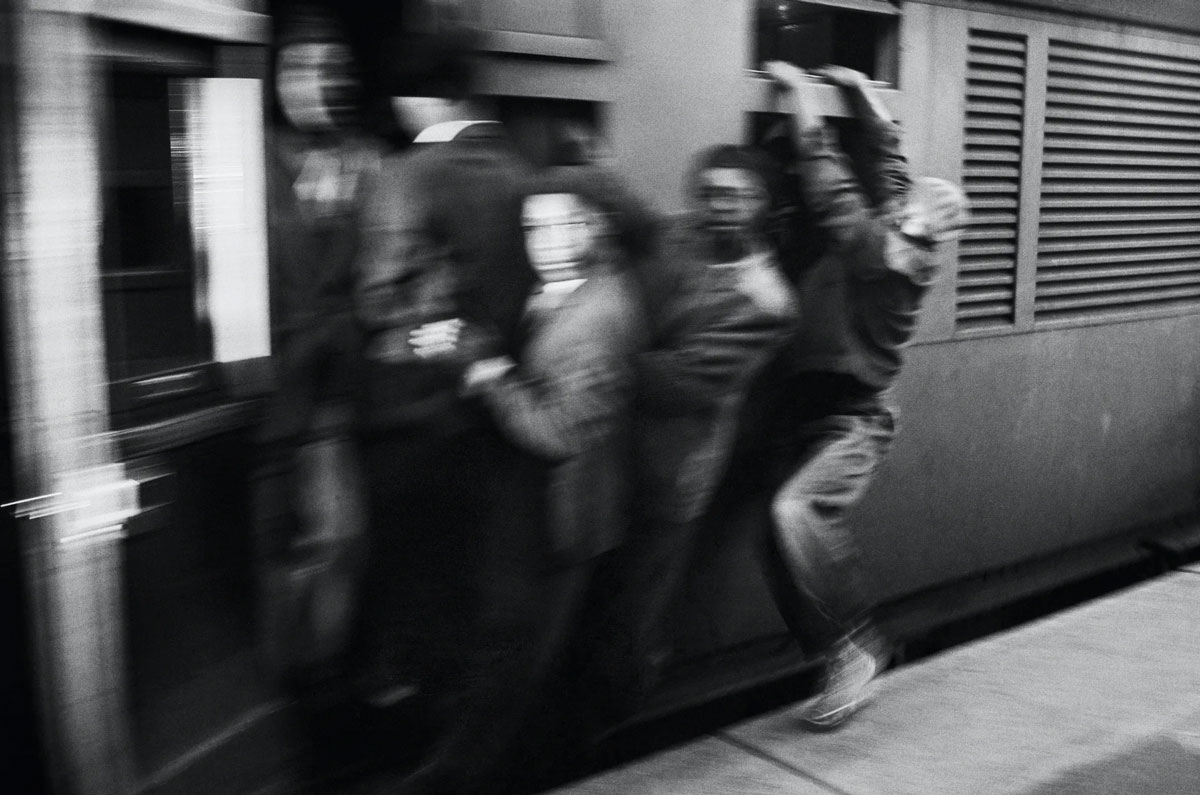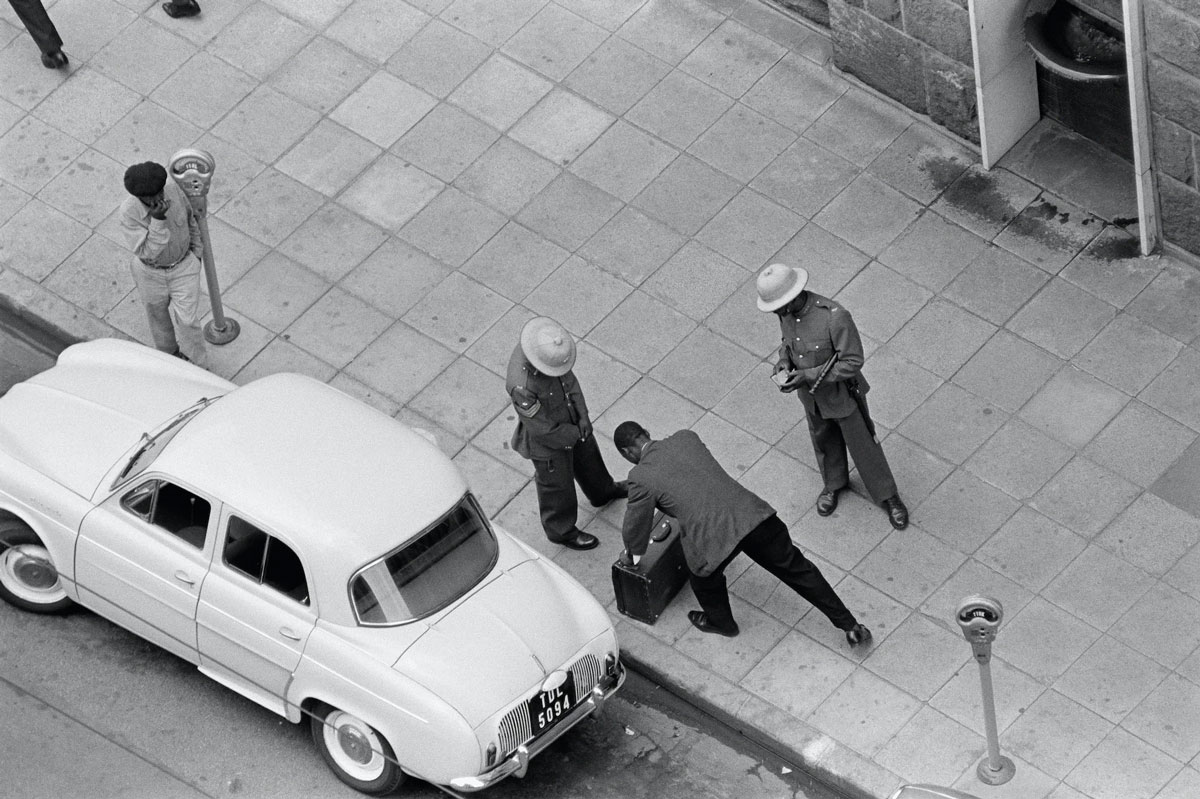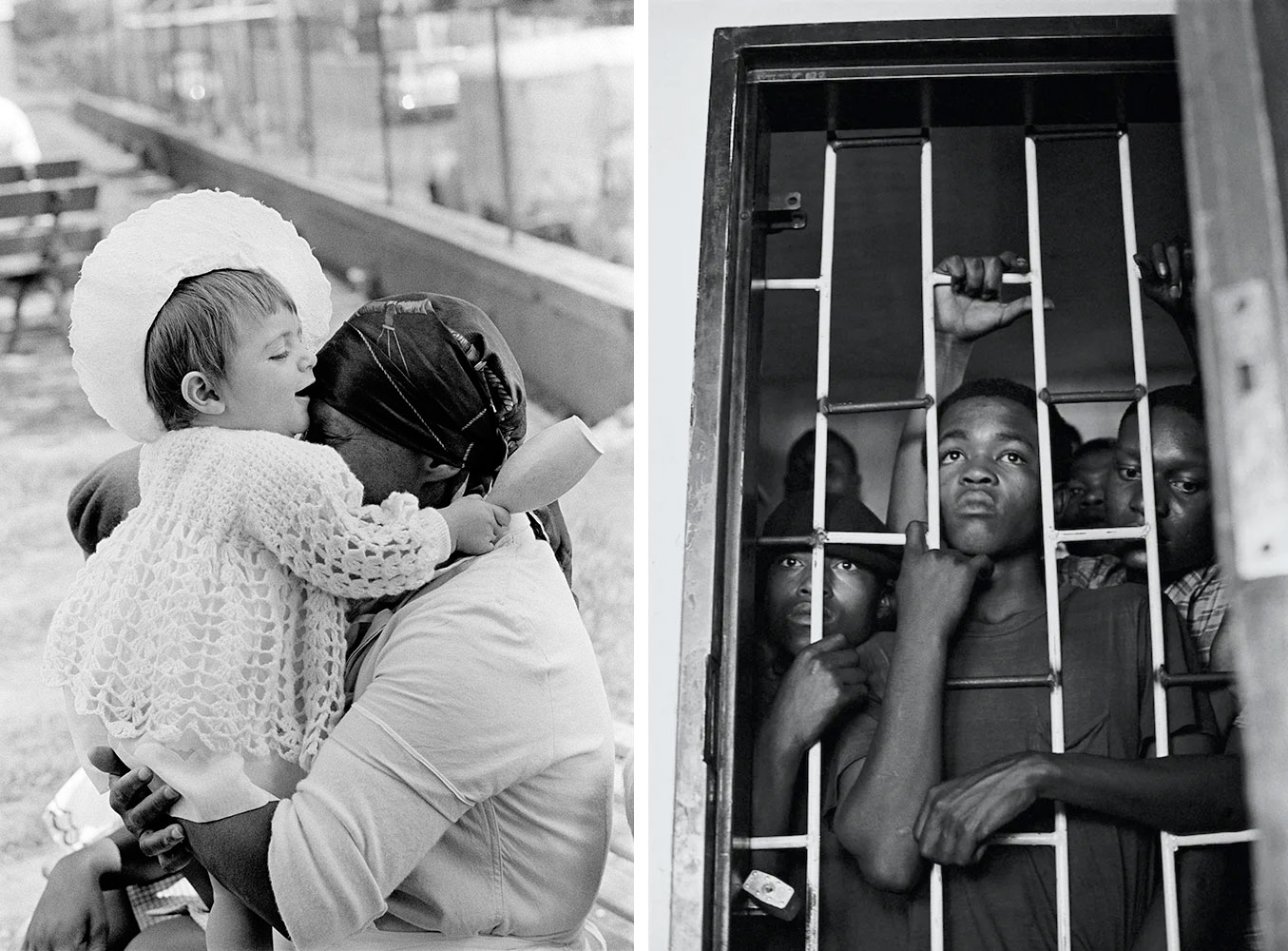PHOTO: Ernest Cole-House of Bondage
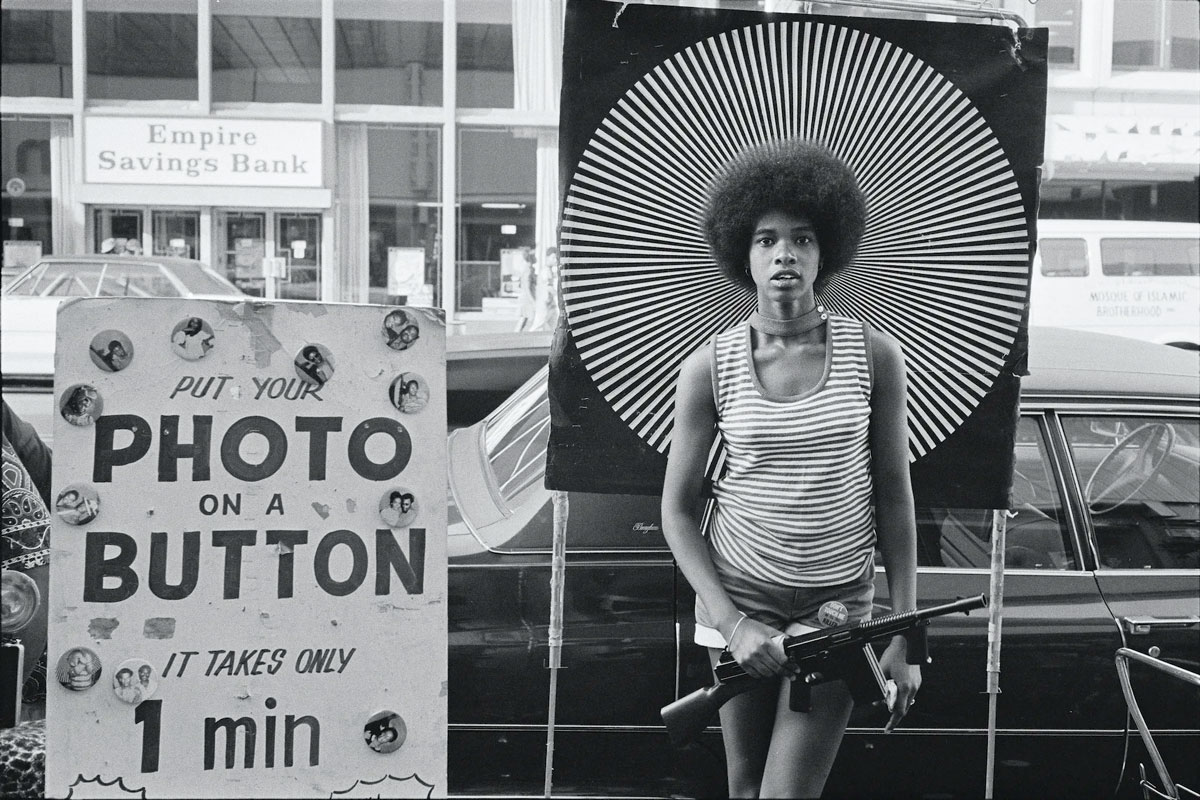 Ernest Cole commemorated his pioneering efforts to capture the complex truths of day-to-day, lived experiences during harrowing times. Critiquing institutionalized segregation and celebrating human resilience, Cole challenged the status quo, and his work continues to speak eloquently and forcefully to contemporary issues of poverty and racial inequality in the United States and worldwide.
Ernest Cole commemorated his pioneering efforts to capture the complex truths of day-to-day, lived experiences during harrowing times. Critiquing institutionalized segregation and celebrating human resilience, Cole challenged the status quo, and his work continues to speak eloquently and forcefully to contemporary issues of poverty and racial inequality in the United States and worldwide.
By Dimitris Lempesis
Photo: Foam Archive
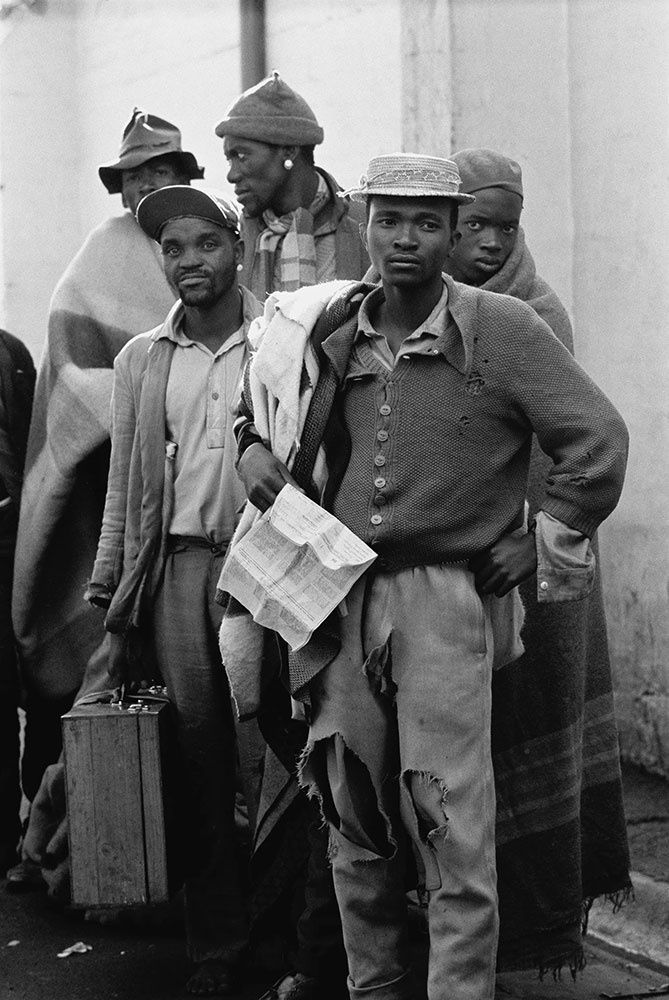
An overview of the work of South African photographer Ernest Cole is on view at Foam. The photographer is celebrated for his tireless documentation of Black lives in South Africa under apartheid: a regime of institutionalised racial segregation that was in effect from 1948 to the early 1990s. The exhibition “House of Bondage”. includes parts of his archive, which had long been considered lost. The exhibition shows the rediscovery of 60.000 negatives and contact sheets in the safety deposit boxes of a Swedish bank in 2017. Besides (color) images from his time in America, the archive contains unpublished photographs and contact sheets. The exhibition in Foam is the first large scale overview of Cole’s work to include parts of his retrieved archive. Ernest Cole was born on 21/3/1940 as Ernest Levi Tsoloane Kole, in Eersterust, Pretoria. He left school when Bantu Education was introduced, and unsuccessfully attempted to complete his Matric (Grade 12) via correspondence through Wolsey Hall, Oxford, due to financial constraints. Cole therefore went to search for a job, but was hindered by his lack of matriculation and by the laws governing South Africa at that time. In terms of these laws Cole was defined as an “unskilled labourer” who could only work as a messenger, tea-maker or floor sweeper. His break came when he was employed as an assistant to a Chinese studio photographer. This is where he obtained basic knowledge of photography, and an old Yashika twin lens reflex camera. Cole then found another job as a floor sweeper and messenger at Zonk Magazine, an Afrikaanse Pers competitor of Jim Bailey’s “Drum” magazine. While working tat Zonk, he saved up enough money to put down a deposit on two Nikon rangefinder cameras and a few lenses. In 1958, Cole went to Jurgen Schadeberg, the chief photographer of “Drum” magazine and asked him for a job. Schadeberg took him on as his assistant in design and production. During this time, Cole registered for a correspondence course with the New York Institute of Photography. With help and encouragement from the staff at the Institute, his idea of recording apartheid in South Africa was nurtured. After “Drum”, he moved on to the “Bantu World” newspaper (later called “The World” and now known as “The Sowetan”) where he was given a job as photographer. In the early 1960s, he started to freelance for clients such as “Drum”, “The Rand Daily Mail”, “The World” and the “Sunday Express”. Cole was therefore South Africa’s first black freelance photographer.
Cole managed to outwit the Race Classification Board when he was re-classified as a Coloured by changing his name from Kole to Cole. This gave him more privileges and he was soon able to leave South Africa. On 9/5/1966, he left for France, England and New York to showcase his apartheid project and photographs. On 10/9/1966, he arrived in New York. He visited the reputable agency Magnum Photos and showed them his photographs. They were so impressed with the images that they organised a publishing deal with The Ridge Press Inc., which in turn sold the publishing rights to Random House. His book, “House of Bondage”, was published in 1967 and was banned in South Africa, although a few copies did manage to get smuggled into the country. This series of photographic essays, set in the 1950s and 1960s, is an indictment of the inhumane conditions under which black South Africans were forced to live during apartheid. The collection is seen as Cole’s single greatest achievement, as he was the first photojournalist to expose to the world the stark realities of life under the apartheid regime. In 1968, Cole was banned from South Africa and settled in the United States. Later, Cole received a grant from the Ford Foundation for a book entitled, “A study of the Negro family in the rural South and the Negro family in the urban ghetto”. However, it was never published. Many of the photographs for the publication were taken, but why the book was never published is unknown. The whereabouts of Cole’s photographic negatives, both for “House of Bondage” and the project funded by the Ford Foundation, are currently unknown and original prints are rare. After some time Cole moved to Sweden where he took up filmmaking. Although he stopped taking photographs, those he had taken were still being used extensively by the African National Congress (ANC) in their newsletters and magazines such as Sechaba. Some were used in books issued by the International Defence and Aid Fund, as well as the UN Special Committee against Apartheid. In January 1990, Ernest Cole was hospitalised with terminal cancer. On 15/2/1990, his mother left South Africa for the United States to visit him in hospital. He died 2 days later on Saturday 17/12/1990. A documentary about Cole’s life was filmed by Jurgen Schadeburg in 2006, and includes interviews with his family and rare video footage of his life.
Photo: Ernest Cole, New York City, USA, 1971 © Ernest Cole / Magnum Photos
Info: Foam Museum, Keizersgracht 609, Amsterdam, The Netherlands, Duration: 27/1-14/6/2023, Days & Hours: Mon-Wed & Sat-Sun 10:00-18:00, Thu-Fri 10:00-21:00, www.foam.org/
